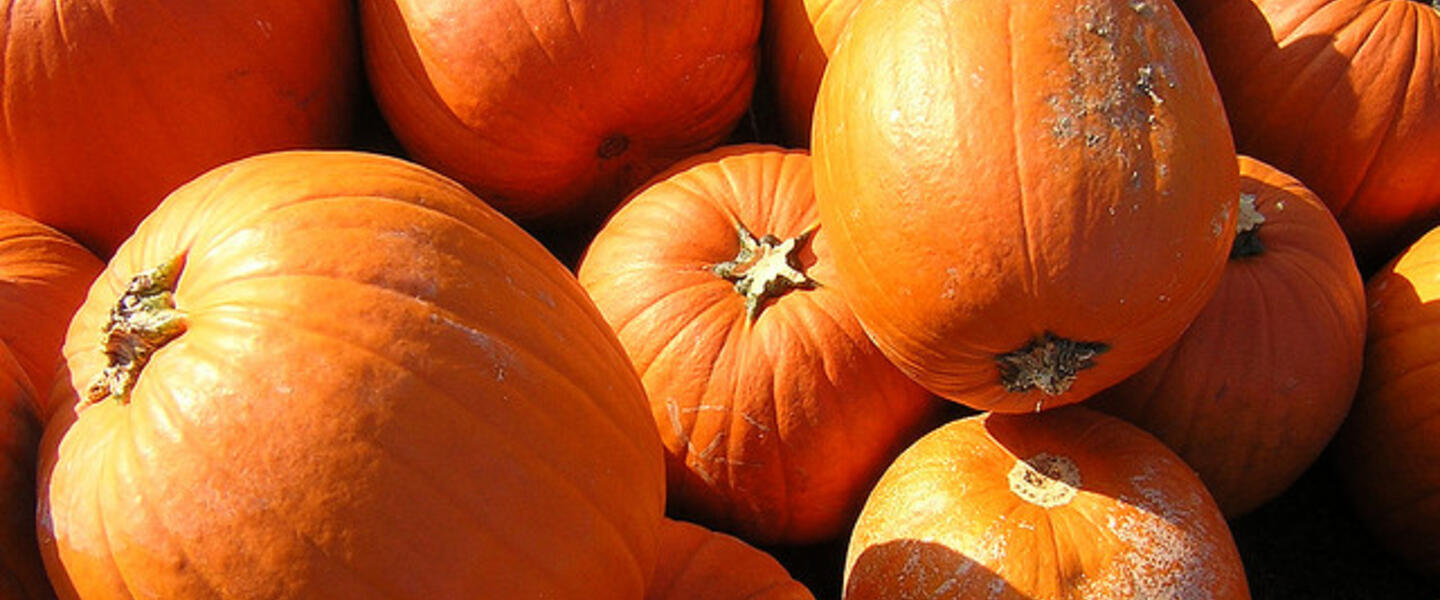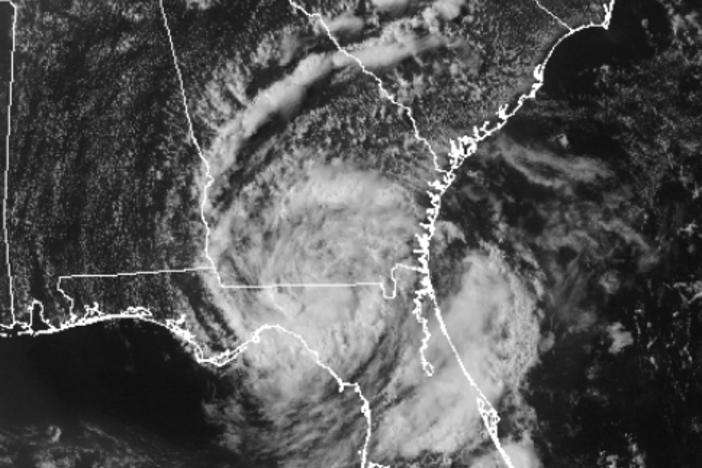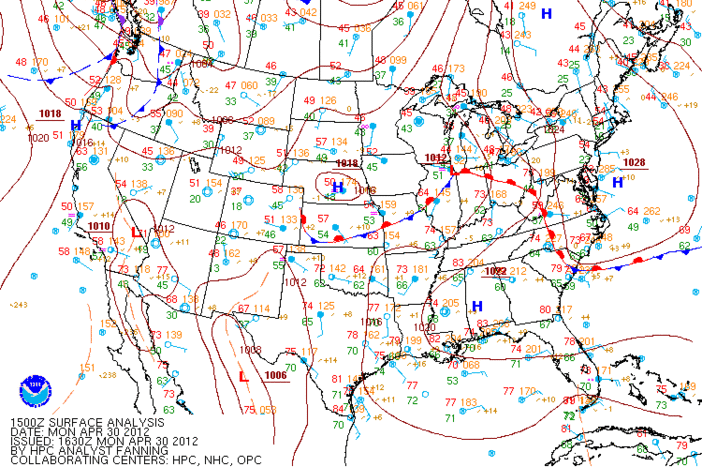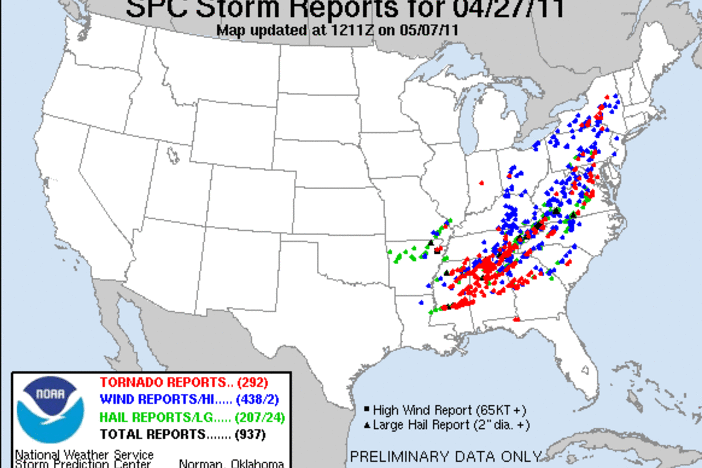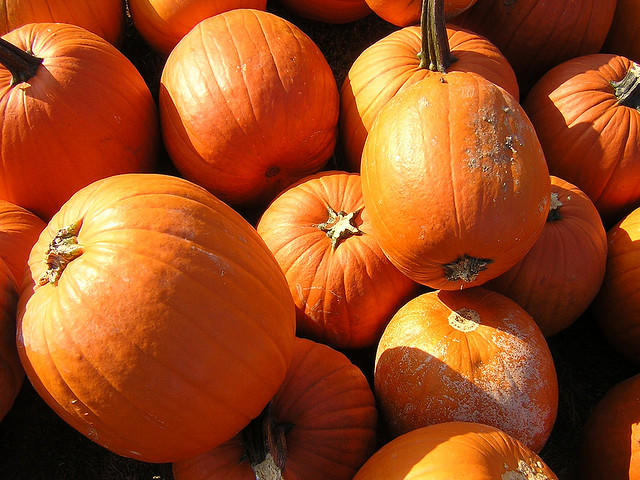
Section Branding
Header Content
Welcome to Fall!
Primary Content

Happy Fall, everyone! Summer finally transitioned into Autumn on September 23rd at 5:04am EDT. The fall season lasts until December 22nd at 12:30am EST, which is when we will celebrate the Winter Solstice. Also keep in mind that Daylight Savings Time ends during the season, so on November 6th, be sure to set your clocks one hour backwards and enjoy and extra hour of sleep!
What are your favorite fall activities? Do you take your family to Ellijay to visit the apple orchards and Burts Pumpkin Farm? Are you like me and watch nearly 10 hours of football every weekend? Do you rake the leaves in your yard and jump in the pile? Or do you celebrate the harvests of the season by participating in great, big Oktoberfests?
Speaking of harvests, it is time to thinking about cold weather and its effects on your plants. The first frosts and freezes of the season are right around the corner, and I have compiled a data table of the average frost/freeze dates for around the state.
| City | Average Date for Frost | Average Date for Light Freeze | Average Date for Hard Freeze |
| Atlanta | Nov 3 | Nov 13 | Dec 1 |
| Athens | Oct 29 | Nov 7 | Nov 25 |
| Columbus | Nov 6 | Nov 15 | Dec 10 |
| Macon | Nov 1 | Nov 12 | Dec 4 |
| Savannah | Nov 8 | Dec 2 | Data Not Available |
| Augusta | Oct 24 | Nov 6 | Nov 17 |
| Valdosta | Data Not Available | Nov 24 | Dec 24 |
| Albany | Data Not Available | Nov 19 | Dec 18 |
According to the National Weather Service, frost describes the formation of ice crystals on the ground and exposed surfaces. Frost is similar to dew in the sense that the air temperature has cooled to its dewpoint, but the temperature of the surface where the frost is forming is below 32 degrees. Think about it this way: the air has cooled to its dewpoint, and so liquid water is converting from water vapor into liquid. However, the surface where the liquid is condensing onto is frozen (the surface's temperature is below 32 degrees). Thus, the liquid water freezes on contact with the surface, causing frost. Interestingly enough, the temperature of the air itself does not have to be at the freezing mark - the temperature can be in the mid 30's, but if the surface is frozen, then frost will still form. Agriculturally, if a frost period is sufficiently severe enough to end a growing season (or delay the beginning of growing season), then the weather phenomenon is called a "killing frost."
Slightly more severe than a frost is the freeze. According to the NWS, a freeze occurs when the air temperature is expected to be 32 degrees or below over a widespread area for a significant amount of time. "Light Freezes" occur when the temperature hits 29 - 32 degrees. "Moderate Freezes" occur when the temperatures fall to 25 - 28 degrees. "Severe Freezes," or "Hard Freezes," occur when the temperatures drop to 24 degrees or less. The term "killing freeze" describes a freeze in which the temperature falls low enough for a sufficient amount of time to kill all but the hardest of crops.
So bring those summer plants in and enjoy the cool fall weather! After such an incredibly hot summer, I'm sure we're all ready for Autumn's relief!
Related Posts You May Like
Was 2011 the Hottest Summer on Record for Georgia?
Soggy Start to September!
